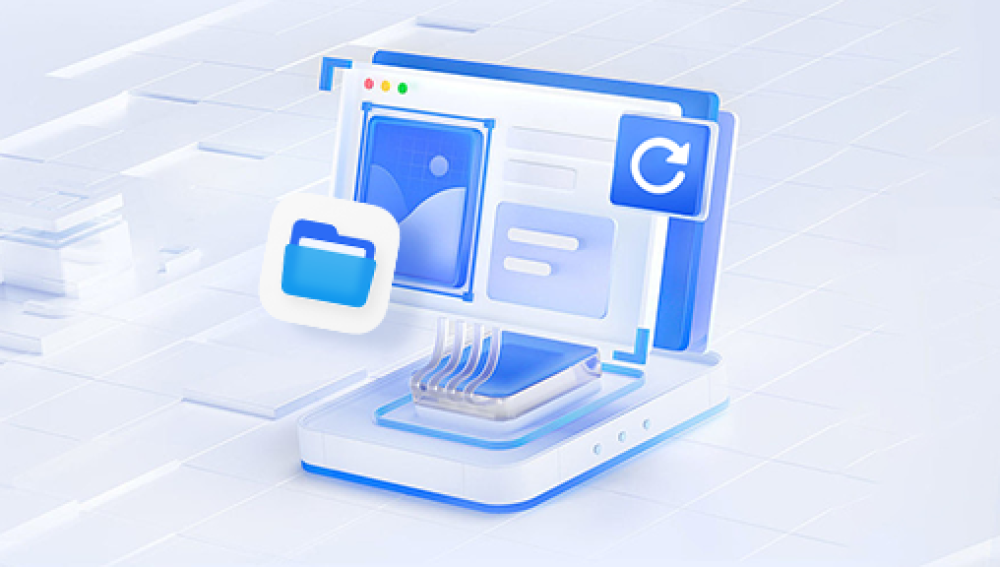Common reasons for data loss (e.g., accidental deletion, hardware failure, software corruption).
1. Understanding iPad Data Recovery
Definition and Importance
Explanation of what data recovery entails.
Importance of recovering lost or inaccessible data.
Common Data Loss Scenarios
Accidental deletion.
System crashes.
Water damage.
Physical damage.
Software malfunctions.

2. iPad Data Storage and Backup Solutions
How Data is Stored on an iPad
Overview of iOS file system.
Types of data stored (e.g., photos, videos, documents, app data).
Backup Options
iCloud Backup.
iTunes/Finder Backup.
Third-party backup solutions.
3. Challenges in iPad Data Recovery
Physical Damage
Impact of water or physical damage on data recovery.
Software Issues
Corruption and compatibility issues.
System crashes and errors.
Encryption and Security
Impact of encryption on data recovery.
Apple's security measures and their role in data protection.
4. Methods for Data Recovery
Using Built-in Tools
iCloud Recovery options.
iTunes/Finder recovery procedures.
Third-Party Data Recovery Software
Overview of popular tools.
Pros and cons of using third-party solutions.
Professional Data Recovery Services
When to consider professional help.
What to expect from a data recovery service.
5. Preventive Measures
Regular Backups
Importance of routine backups.
How to set up and manage backups effectively.
Data Protection Practices
Tips for minimizing data loss risks.
Importance of device care and maintenance.
6. Case Studies and Examples
Real-Life Scenarios
Examples of common data loss situations and recovery outcomes.
Success Stories
Notable cases where data recovery was successfully achieved.
7. Conclusion
Summary of Key Points
Recap of challenges and solutions.
Final Thoughts
Encouragement to take proactive steps in data protection.
Data recovery involves retrieving lost or inaccessible data from a storage device. For iPads, this could mean recovering deleted files, restoring a corrupted system, or addressing physical damage. Common scenarios include accidentally deleting files, experiencing a system crash, or encountering hardware failure.
iPad Data Storage and Backup Solutions
iPads use a specific file system to store data, which includes everything from apps to media files. Regular backups are essential for data protection. iCloud provides a cloud-based solution for backing up data, while iTunes or Finder backups offer a local alternative. Third-party backup solutions can also be used to ensure data is preserved.
Challenges in iPad Data Recovery
Data recovery on iPads can be challenging due to several factors. Physical damage, such as water exposure or cracked screens, can complicate the recovery process. Software issues, including corruption and system errors, can also hinder data retrieval. Additionally, Apple's encryption and security measures, while crucial for protecting data, can make recovery more complex if the device is locked or encrypted.
Methods for Data Recovery
There are several methods for recovering lost data on an iPad. Built-in tools like iCloud and iTunes/Finder offer options for restoring data from backups. Third-party data recovery software can also be effective, but it comes with its own set of pros and cons. In some cases, professional data recovery services may be necessary, especially for severe cases of data loss or physical damage.
Preventive Measures
To avoid data loss, regular backups are essential. Setting up automatic backups with iCloud or periodic backups with iTunes/Finder can safeguard your data. Additionally, practicing good data protection habits, such as avoiding exposure to water and handling the device carefully, can minimize the risk of data loss.
Case Studies and Examples
Examining real-life cases of data loss and recovery can provide valuable insights. Success stories where data recovery was achieved despite challenging conditions can offer hope and practical advice for those facing similar issues.




